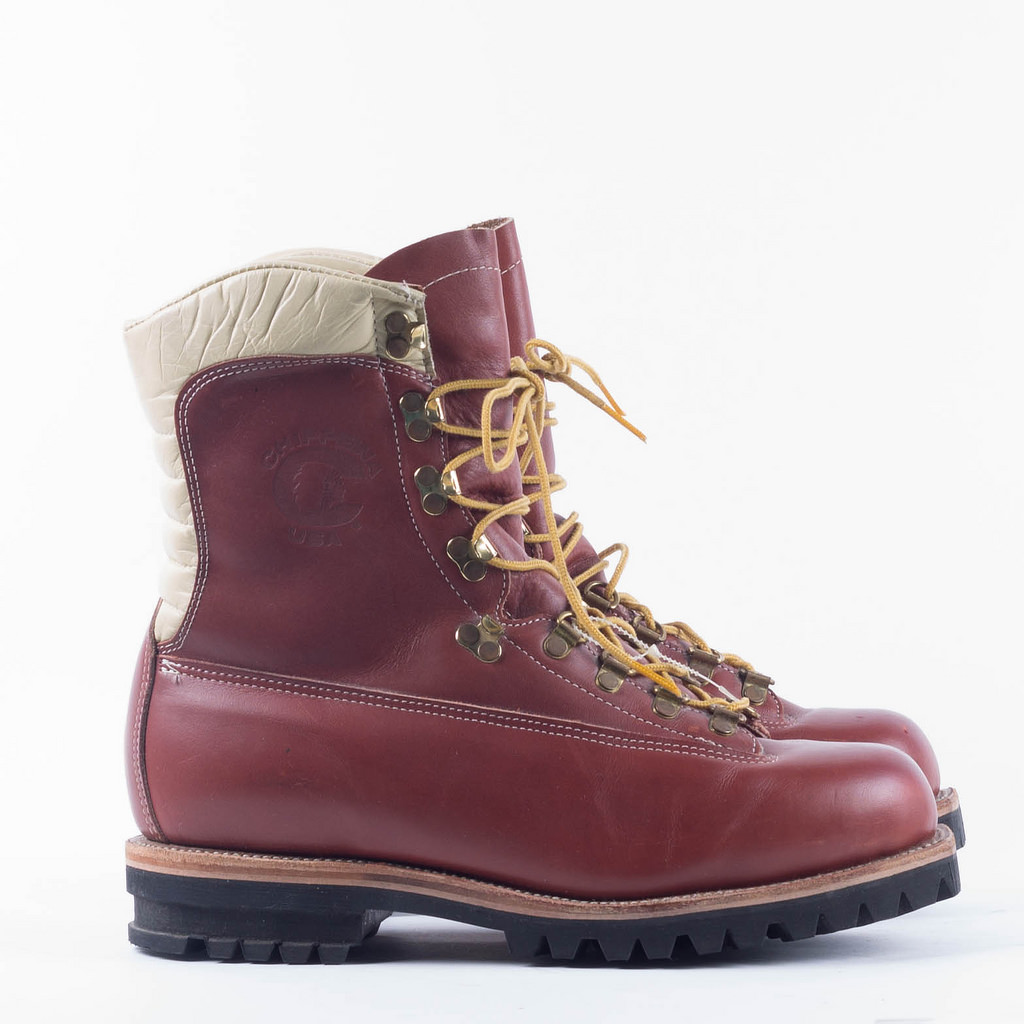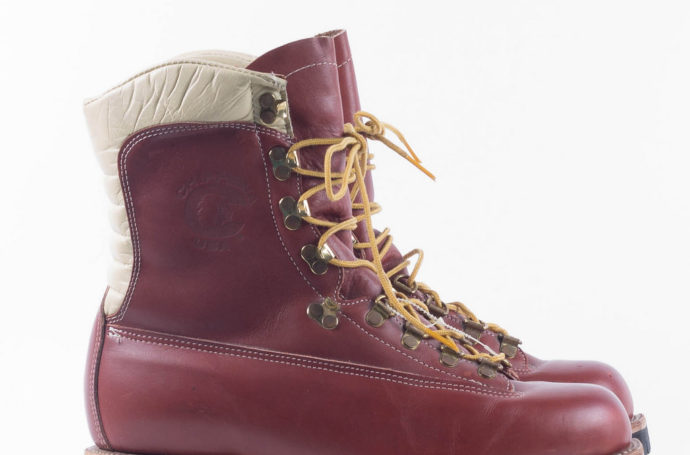
Your work boots are an important part of your daily life. They have been worn in over the years to be comfortable, and they provide you with the features that you need to keep you safe on the job.
Even the toughest work boots will wear out over the years. Most guys will do anything possible to keep from replacing their boots, even going as far as to cover them with duct tape until even that won’t stop them from falling apart.
It’s obvious that work boots which need to be held together with duct tape are in need of repair, but what are some of the less obvious signs that you should be replacing your boots? Read on to learn about some of the subtler clues that your work boots aren’t working for you anymore.
Your (Steel) Toe Is Showing
Work boots are designed to take a lot of damage and keep on going, but even the toughest work boots will wear down over time. This process doesn’t look like much until your boot reaches a breaking point.
One key breaking point is when the steel on your boot is showing. This could be on the steel toe, but your work boot should also be replaced immediately if any other steel part of your boot is showing. This can include the shank, midsole, or metatarsal guard as well as the toe.
A boot that has been tattered to that extent is going to create a safety hazard at the job site, and it has most likely lost a lot of the safety benefits that you were looking for when you initially purchased the work boot.
Are Your Boots Leaking?
Another key factor to look for when determining whether your boots need immediate replacement is if either boot is taking on water. A sealed work boot should be completely sealed, and there are no half-measures that you should accept in this situation.
This is similar to the previous point in that a work boot which has lost its watertight seal means that it has cracked, been punctured, or cut somewhere. This should be particularly concerning if you work around electricity, because it means that a live wire could theoretically shock you through your work boots accidentally.
Even if you don’t work near active electricity, you can still be putting yourself at risk of exposure to chemicals or other hazardous materials by continuing to wear boots that are unsealed.
Push On Your Heel
You can test your work boots’ strength by using an old trick that many runners use to check the quality of their shoes: pushing on the heel.
If your boot is beginning to break down, but it hasn’t shown some of the more telltale signs of age, pressing on the heel may give you an indication as to its durability.
Ideally, you’re looking for the heel of your boot to be strong and for it to take a lot of force before caving in (if it does at all). If it does cave in relatively easily, or more easily than it has before, then this could be an early sign that you should be thinking about getting a new work boot.
Check Your Boots For Wrinkles
If you’re looking for a quick cosmetic test to determine whether your boots need replacement, you should look no further than a trick that you can use to track how well you’ve aged: wrinkling.
On boots, the midsole will warp over time as it’s exposed to heat, moisture, and as it wears down more. Checking your midsole for wrinkles from time to time can give you a great indication of the amount of life left on your boots. The less wrinkling, the more time you have left.
Have you found that your boots are showing signs of age and you have made a resolution to get a new pair? What methods do you swear by to determine whether your boots need to be replaced? Let us know in the comments.
